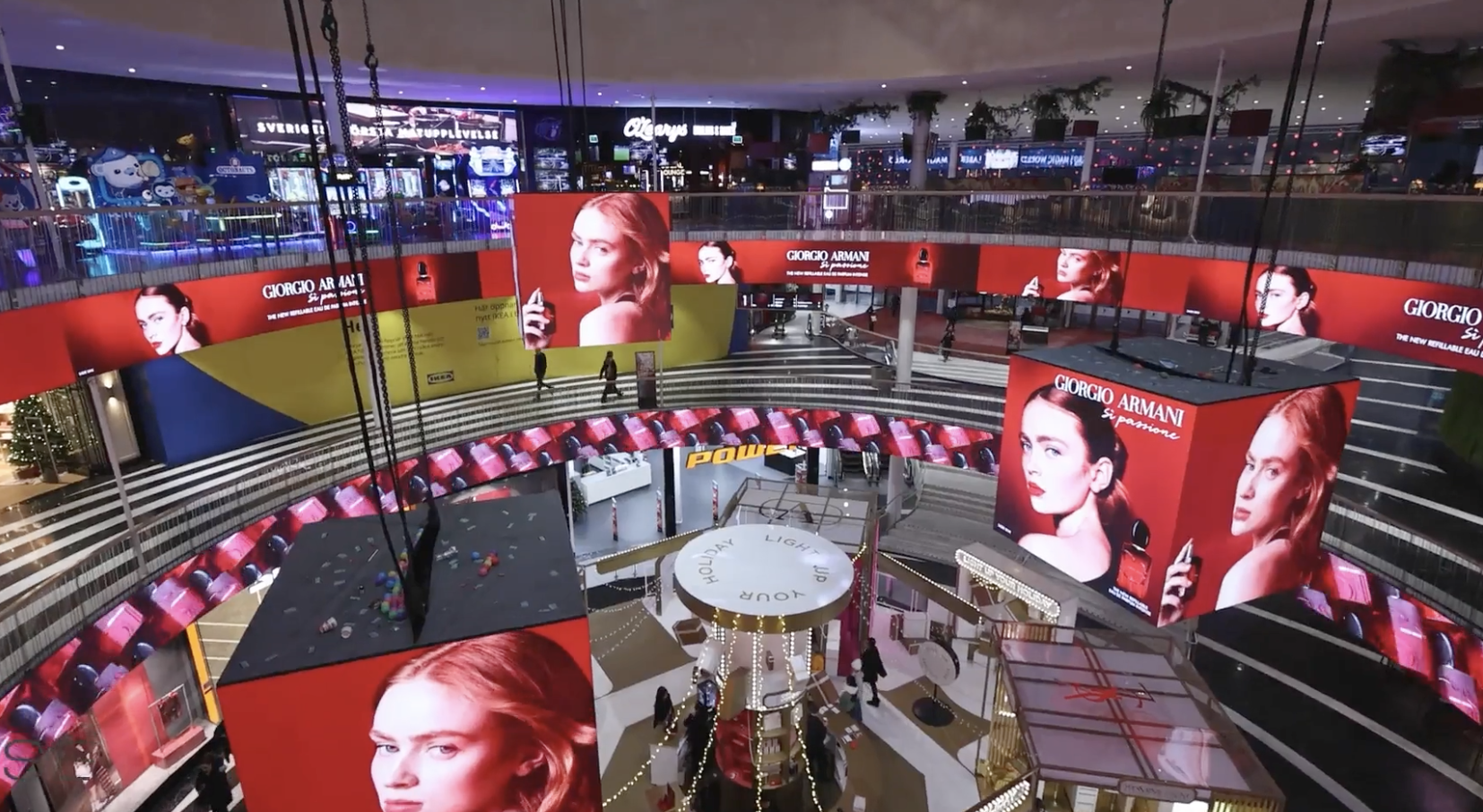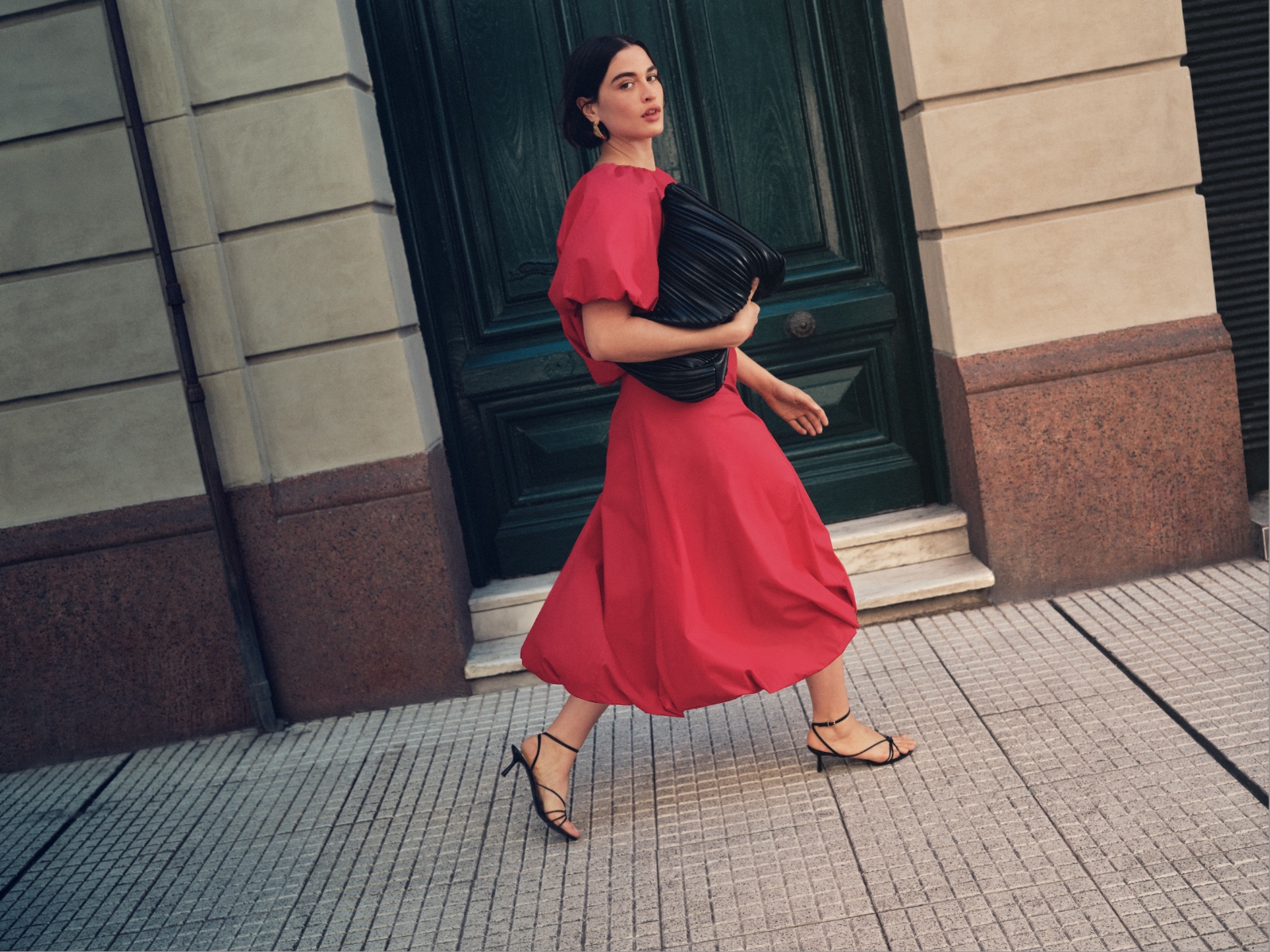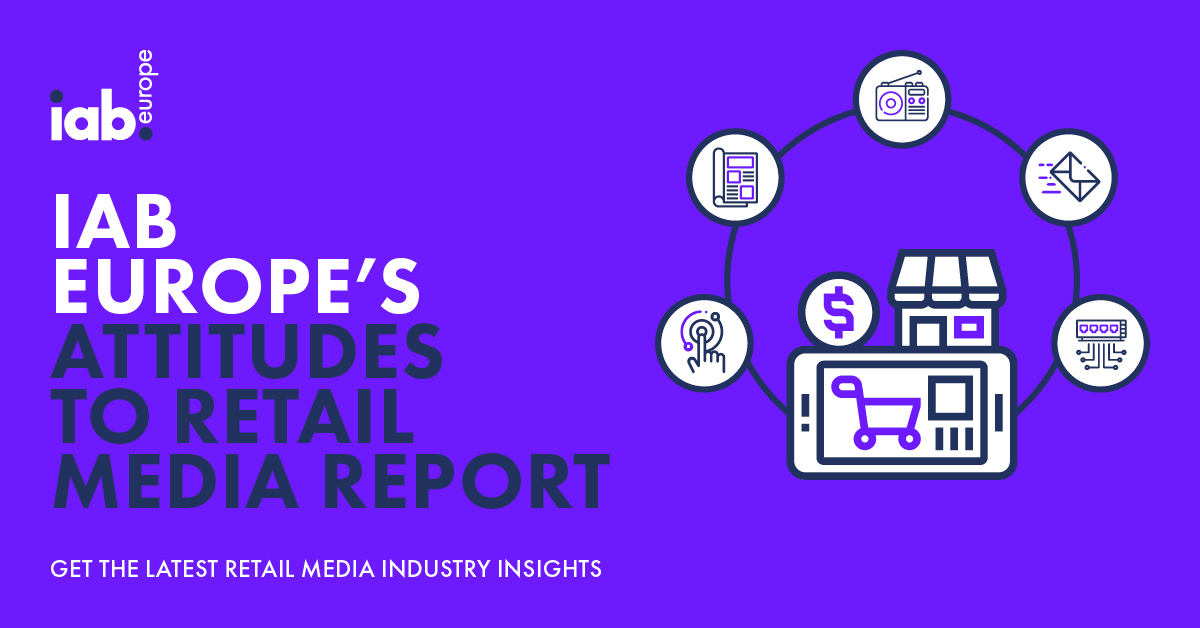The cost-of-living crisis is prompting less frequent, but more considered fashion purchasing behaviours amongst shoppers, with basket sizes rising. Shoppers are also taking more note of reviews on fashion sites as part of this considered approach.
True Fit’s Fashion Genome, which analyses insights from 17,000 brands, hundreds of leading retailers and preference data for 90 million active members, while web traffic to fashion sites in June levelled to the same volumes seen in 2021, order frequency fell 10% year-on-year in June compared to the same period last year.
With the UK experiencing the highest level of inflation since the 1980s, and the cost of fuel, food and energy continuing to rise, inflationary pressures are intensifying and hitting household budgets. A recent survey by accounting firm, EY, suggests that over half of UK consumers plan to cut back on clothing, while two fifths plan to cut back on discretionary spending on electrical goods.
However, True Fit’s data shows shoppers are being more considered with their fashion purchases. While they are checking out less frequently compared to last year, they are behaving with higher intent and buying larger basket sizes when they do decide to spend. Average order value is up significantly by 17% in 2022 on average compared to 2021, with the average basket size rising from just over £115 to in excess of £130.
Sarah Curran MBE, GM EMEA at True Fit, explains: “Retailers are having to quickly learn how to engage an increasingly fragmented shopper landscape. Not only is each purchase becoming more considered, but the cost-of-living is hitting consumers who may shop with the same brand in very different ways. Whether that pushes them towards lower price points or long-term value, retailers are increasingly having to communicate and personalise to a polarised customer-base. The key to succeeding in this time as a direct to consumer brand is to double-down on lowering the cost of acquisition by connecting and engaging with high intent and high value shoppers, and baking in the confidence to convert into their online buying journeys.”
As the cost-of-living continues to push up prices for food, fuel and energy, this may extend beyond just making consumers more cautious with discretionary spend, but may also impact the channels in which they choose to shop. With fuel prices at the pump rising to in excess of £1.80 per litre, the ONS estimated that fuel consumption in June fell 4.3%, potentially pushing consumers to switch spend to online, rather than ‘investing’ in the fuel to shop in-store or head into town.
This, True Fit suggests, makes it even more imperative that online fashion retailers can serve 100% of traffic – whether they are new or returning customers – with personal size and fit recommendations, to ensure customers have the confidence to convert. It may also put more pressure on retailers, such Zara, which was one of the first-movers opting to charge shoppers to return goods. Already an unpopular move with fashion customers, it may serve to further damage brand consideration and risk lost loyalty; a recent study by Klarna showed 78% of consumers will only shop with retailers who make returns easy and free.
Reviews are also driving sales
As part of being more considered in their shopping habits, consumers are also increasingly influenced by reviews, which a separate study shows can drive demand up by as much as 234%.
According to the Ecommerce Reviews Report, created by Remarkable Commerce, and global online reviews platform Trustpilot, fashion items that had the highest number of 4 and 5-star reviews saw a search growth on average of 34% in the last three months. Annually, this figure dropped to 20%.
One item in the research, a crochet dress, saw a 234% increase in searches in the last year. Sleeveless blazers, which had a 98.2% 4-star and above score, also saw a 125% jump in searches in the last three months.
Consumers do appear to be more likely to review a fashion item they’re happy with, with an average 4-star review of 91% on items with over 400 reviews, compared to 82.3% on items with fewer than 200 reviews.
Reviews of fashion businesses make up an estimated 13% of all reviews on Trustpilot’s platform. Research by Trustpilot, conducted by London Research, found that overall, 82% of fashion consumers claim they find ratings and reviews useful, 5% lower than that of beauty and wellbeing.
Brad Houldsworth, head of product at Remarkable Commerce, commented on the findings: “We’ve worked with Trustpilot on the Ecommerce Reviews Report to really highlight the value of ratings and reviews in the ecommerce industry in 2022. We want to see the extent to which specific reviews impact the searches for products.
“Consumers can have a general consensus on the quality of the apparel item before they even click ‘add to basket’. Online fashion, while convenient to order, doesn’t give you the benefit of being able to try it on, so ecommerce reviews can be a massive boon to customers.
“Reviews not only help people to understand the pros and cons of a product, but they also encourage customers to look outside of the box and consider a brand or product that they might not have been familiar with before. For ecommerce sites, it’s no longer a situation of if you have product reviews on your site – it’s when you start to implement them.”









